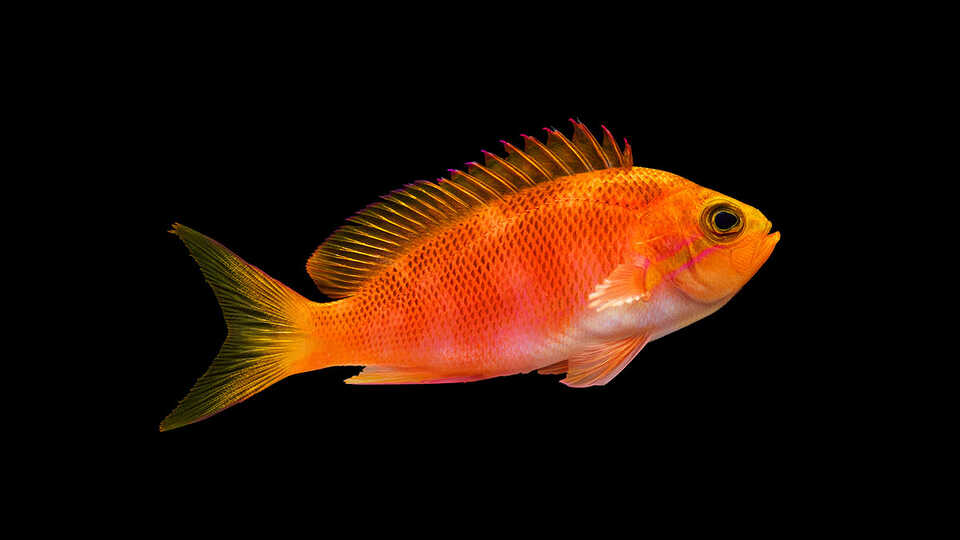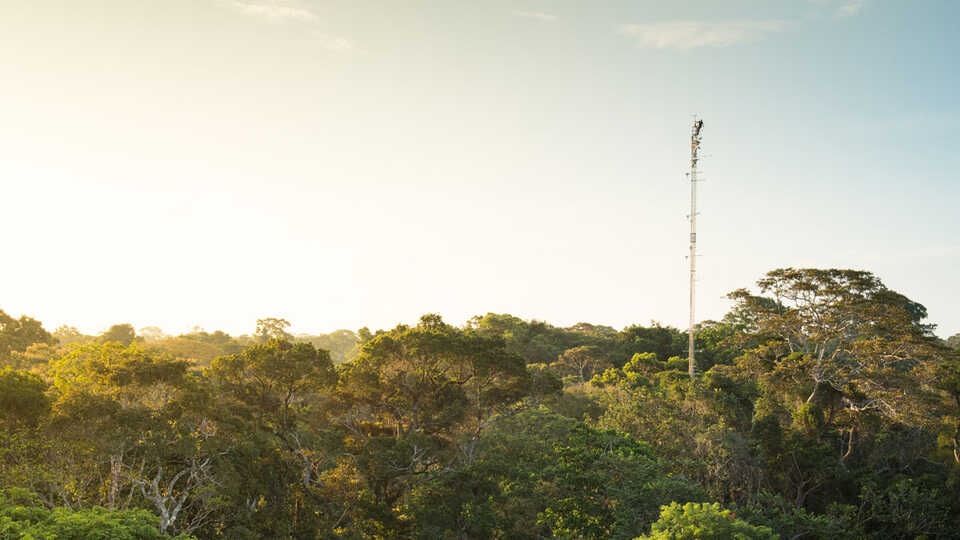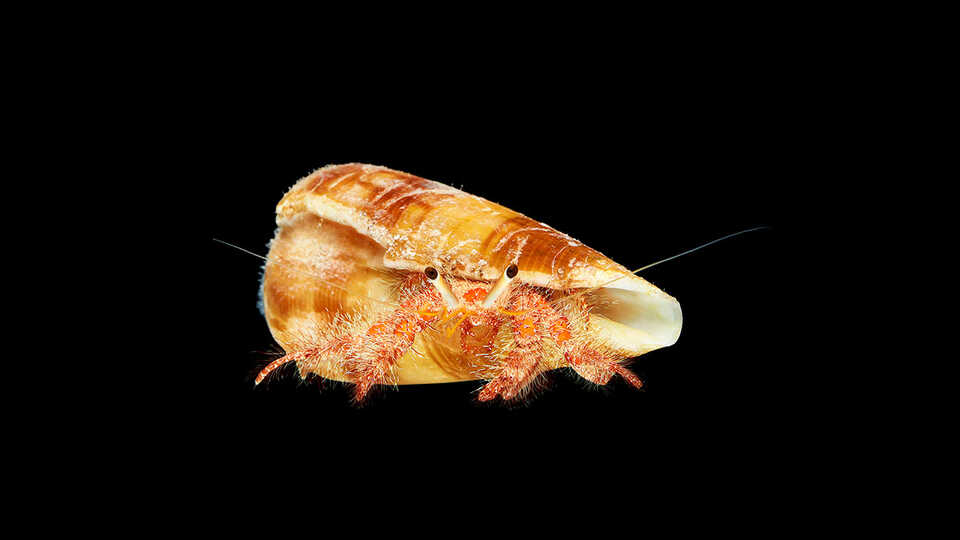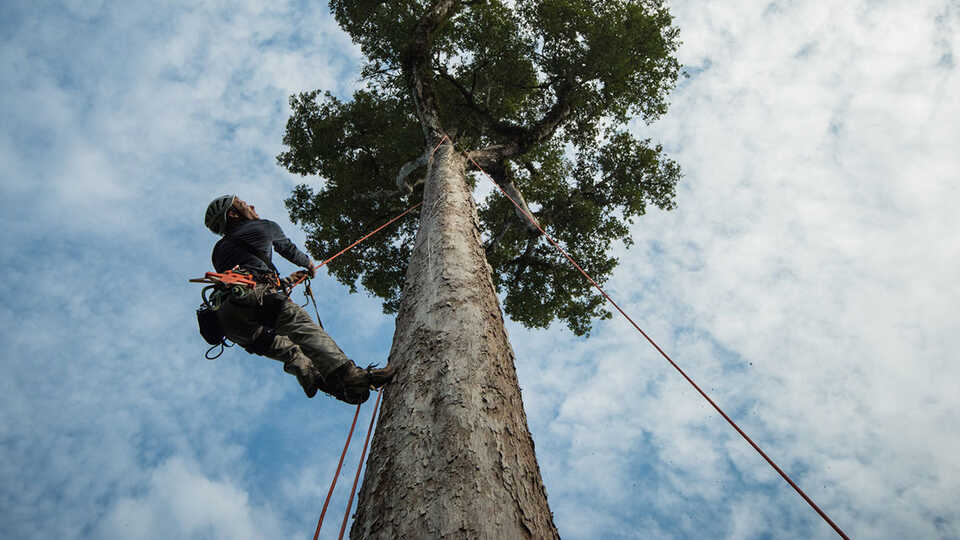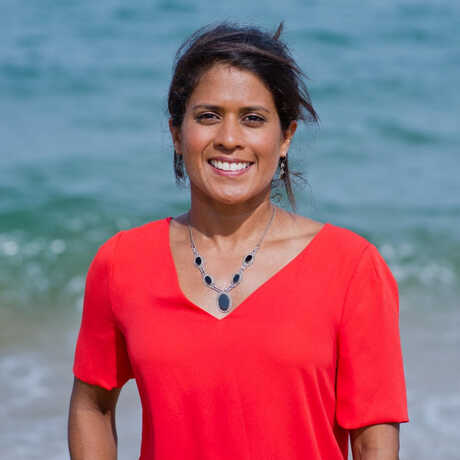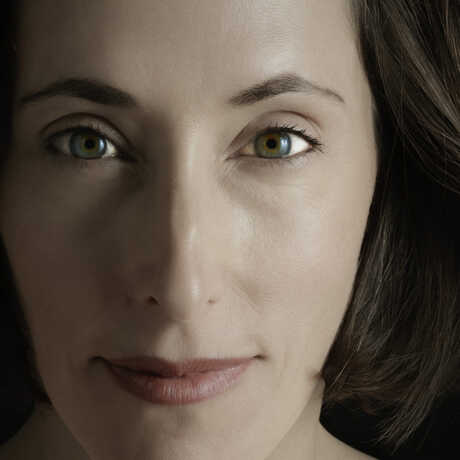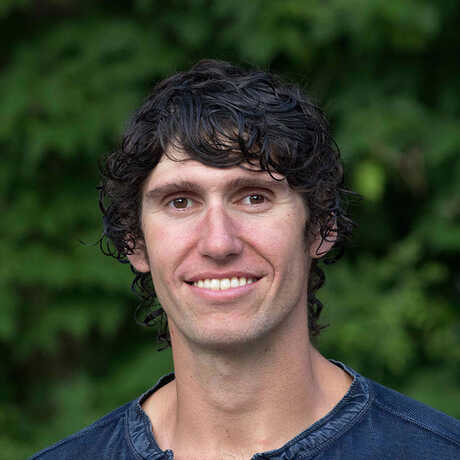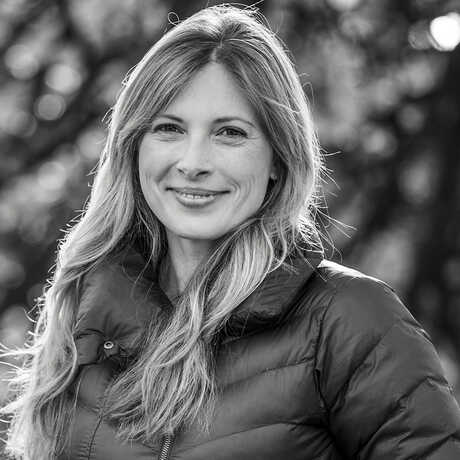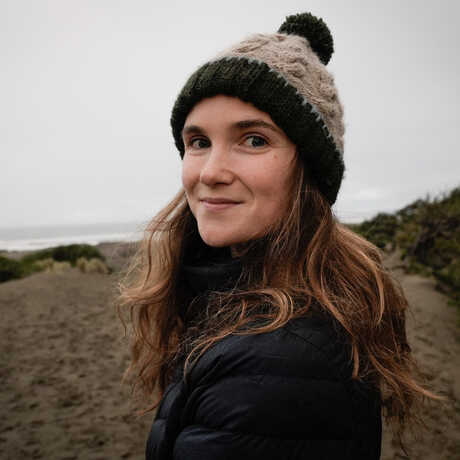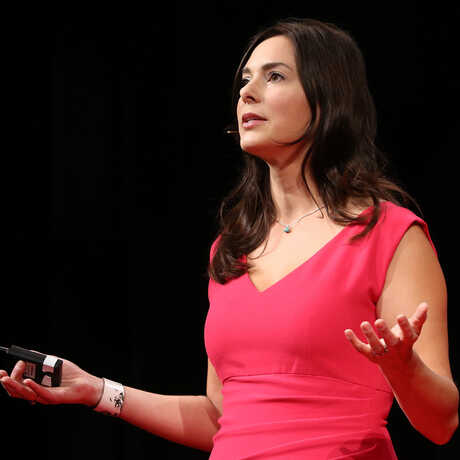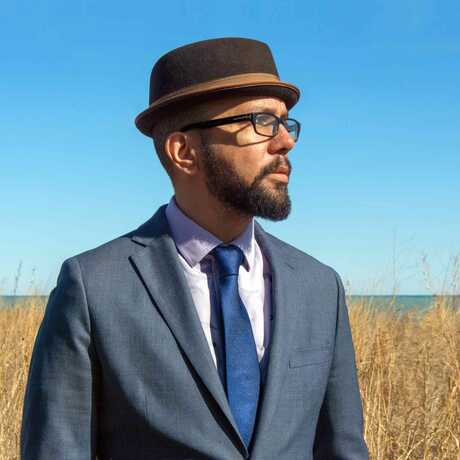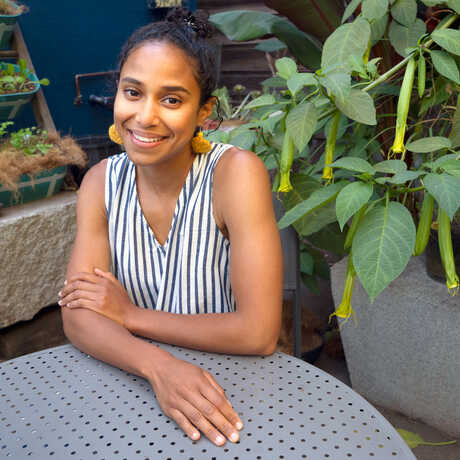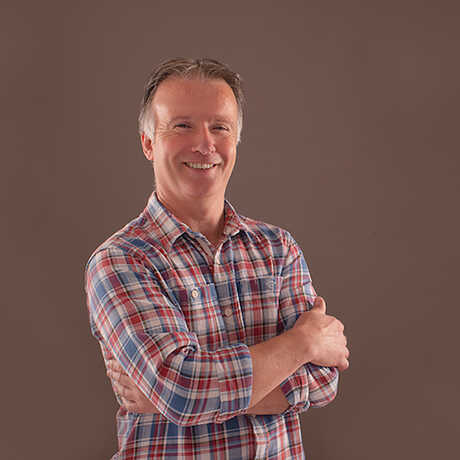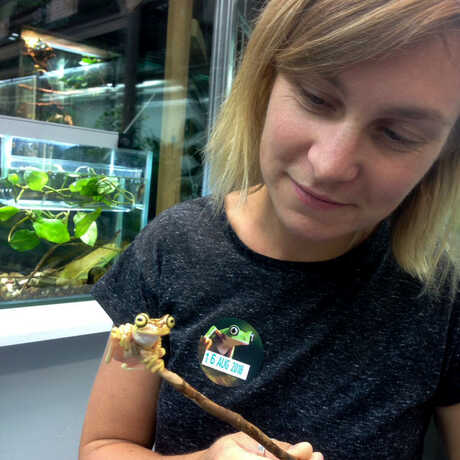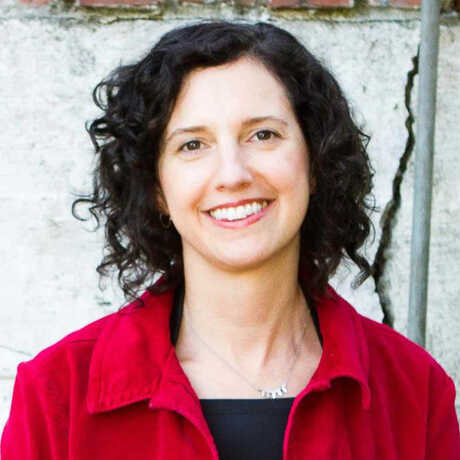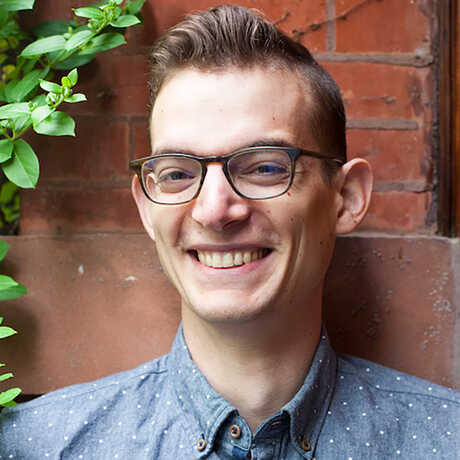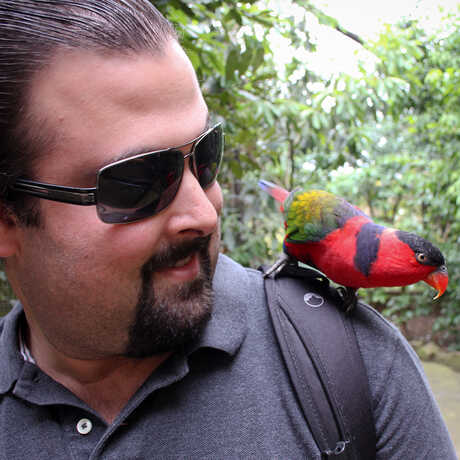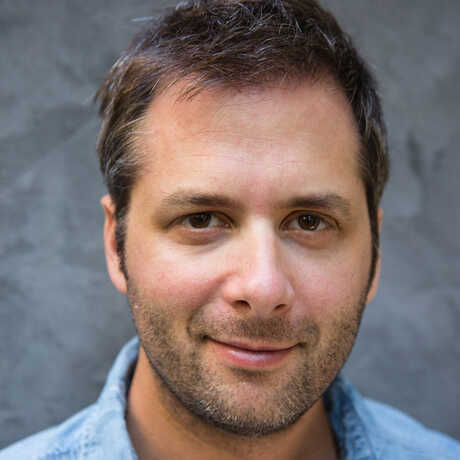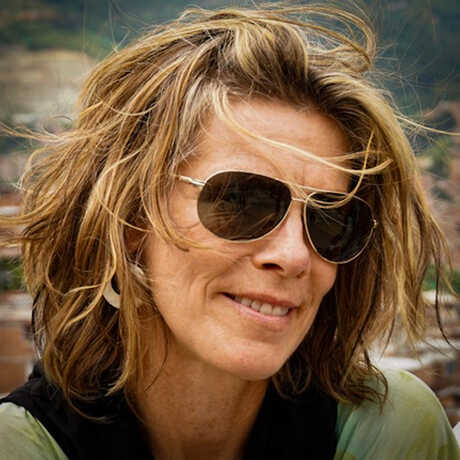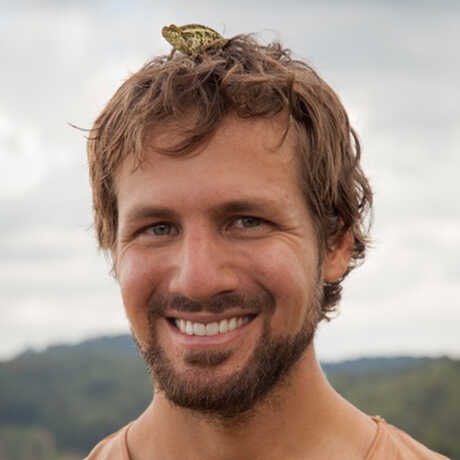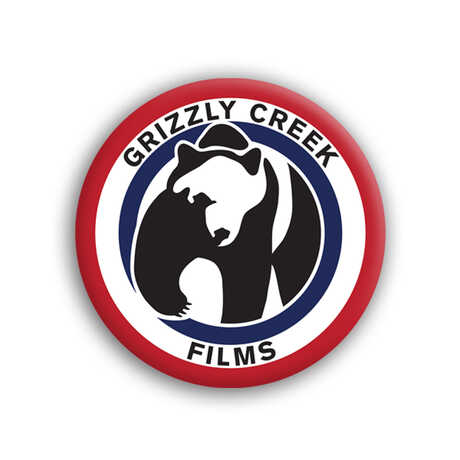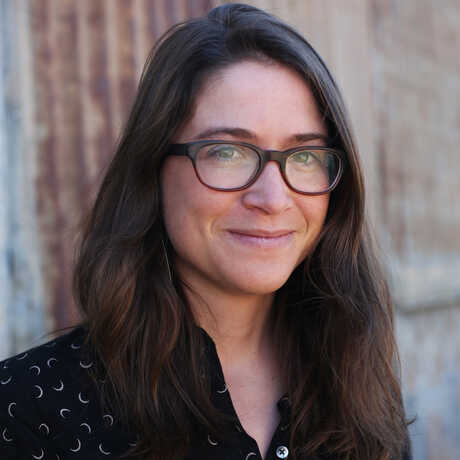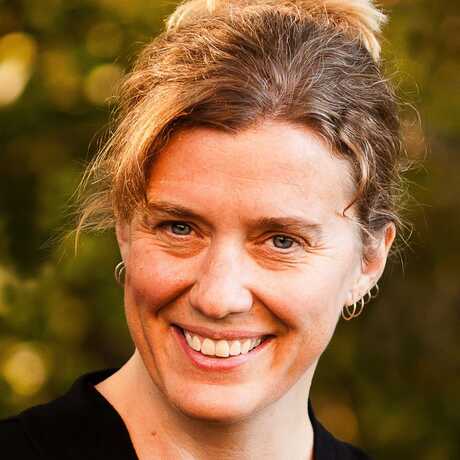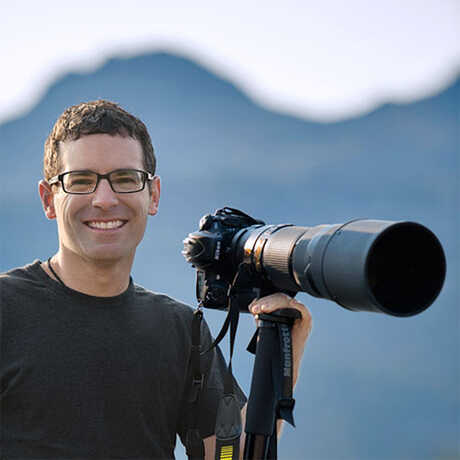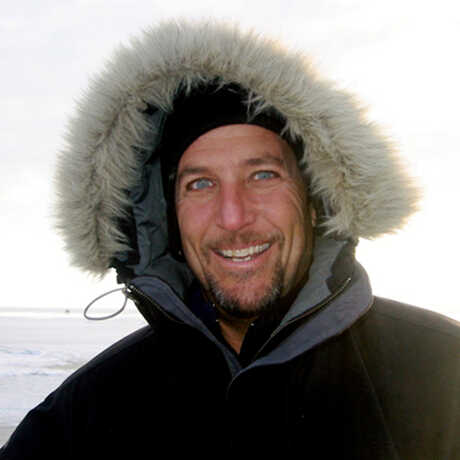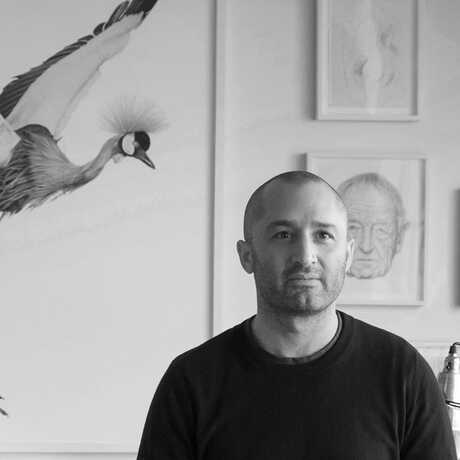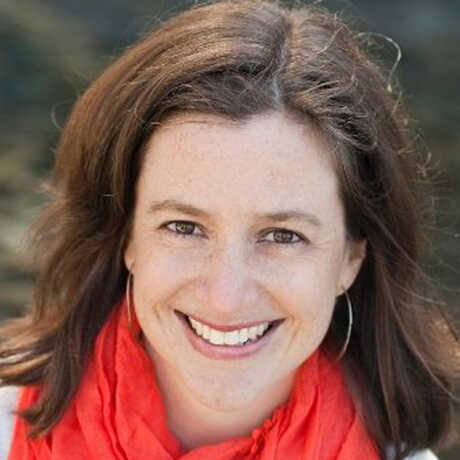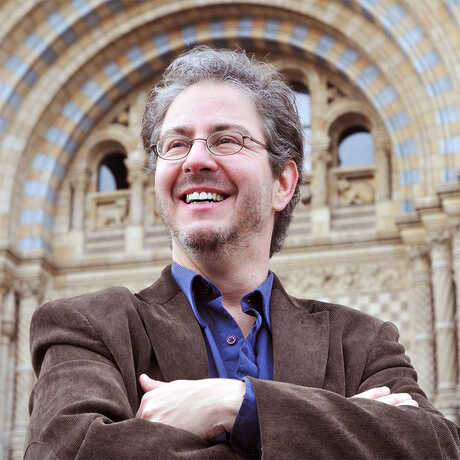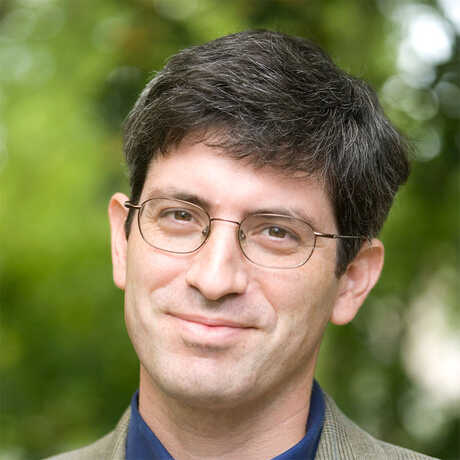Jodi Lomask
In 1997, Jodi Lomask founded Capacitor, embarking on a journey at the convergence of science, environmentalism, and cutting-edge technology through dance, sound, and sculpture. Her creations are motion sculptures, harmoniously completed only when the human body engages with them. Internationally, she's taken her company on tours, crafting shows inspired by Earth's depths, forests, and cosmic wonders, with dedicated researchers. Notably, she's been commissioned by Apple, NASA, TED, SF Airport, and the Discovery Channel. Awards like the Isadora Duncan Award for Sustained Achievement and Ocean Luminary recognition from the Museum of Natural History underline her impact.
At the Academy, her latest project, "Cross-Pollination," makes its world debut, symbolizing creative flourishing, the fruit of cross-pollination, and the power of diverse talents collaborating effectively.
Performing Jodi Lomask's "Pollination" sculpture are Capacitor dancers and Deaf choreographer Antoine Hunter with Zahna Simon. Beyond public performances, Jodi and her team will host STEM Portals, offering an unconventional path into science and mathematics for young minds.
